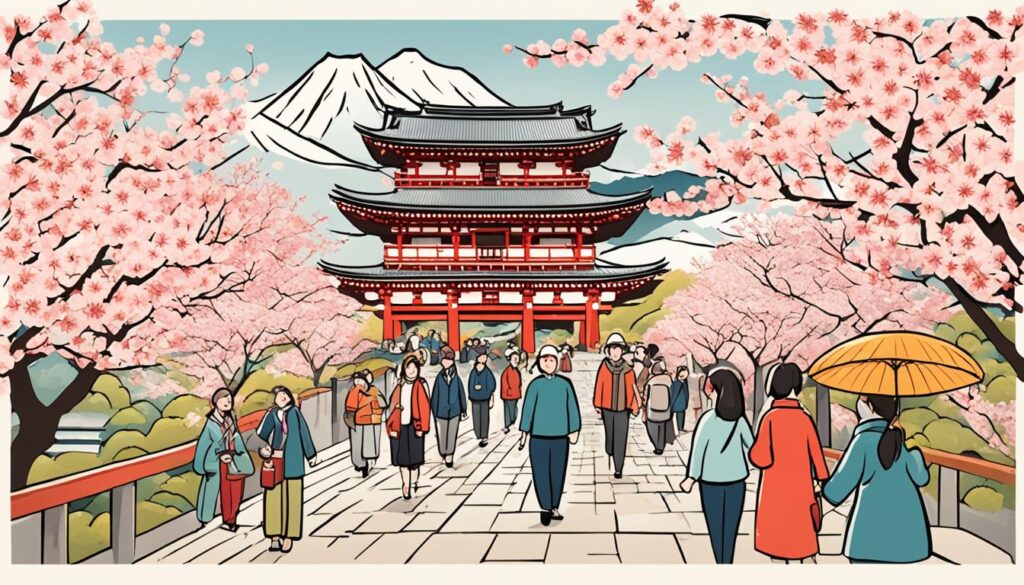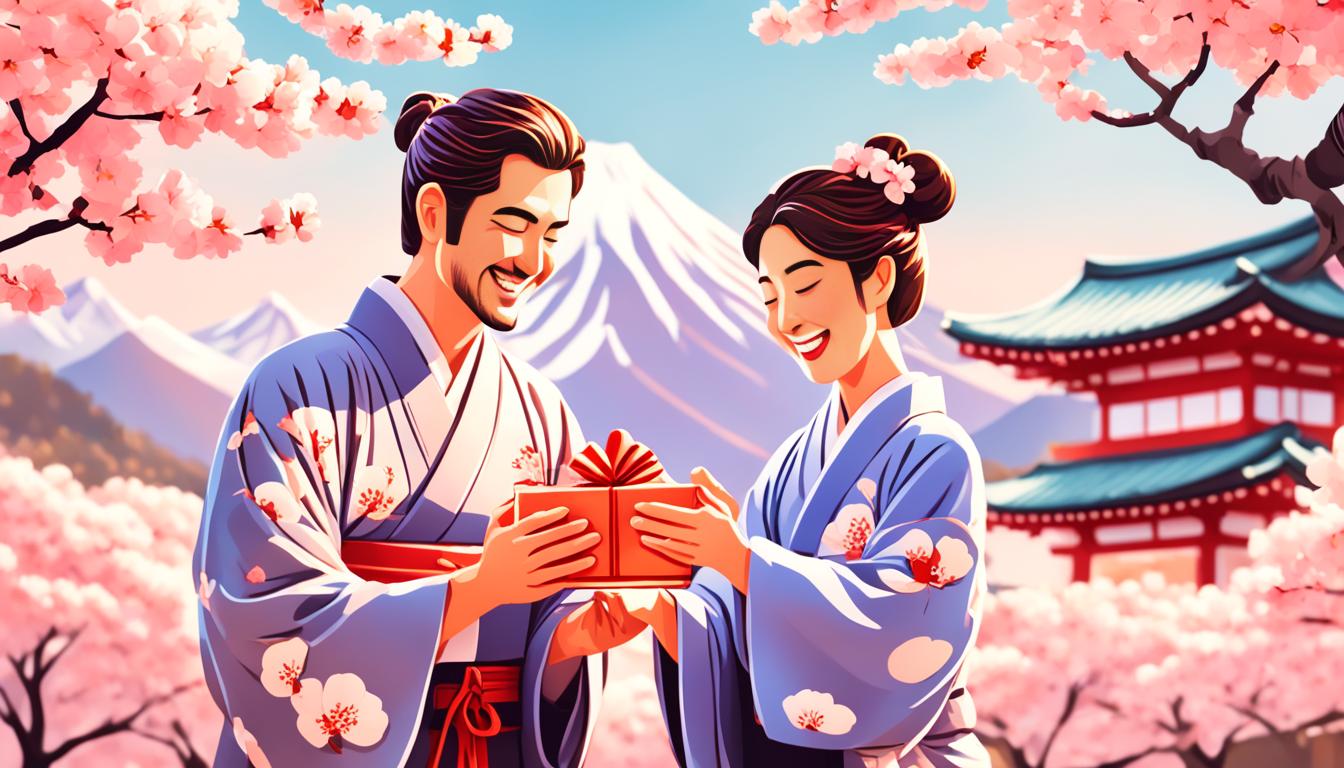Greetings are an essential part of any language, and Japanese is no exception. If you want to reconnect with someone you haven’t seen in a while, knowing how to say “long time no see” in Japanese can make your reunion extra special. In this article, we’ll explore the meaning, grammar, pronunciation, and cultural usage of this phrase in Japanese.
The Importance of Greetings in Japanese Culture
Greetings in Japanese culture hold great significance. They not only serve as a way to show respect and establish connections with others but also reflect cultural norms and values. Properly using greetings, including the phrase “long time no see,” in the appropriate formal or casual manner can enhance communication and foster meaningful relationships in Japanese society.
In Japanese, there are different ways to greet someone depending on the level of formality and the nature of the relationship. When reuniting with someone after a long absence, it is important to choose the right expression to convey your feelings appropriately. Whether it’s a formal setting or a casual conversation, knowing how to greet in Japanese can make a positive impression and leave a lasting impact.
To say “long time no see” in a formal way in Japanese, you can use the phrase “お久しぶりです” (o-hisashiburi desu). This expression is commonly used when meeting someone important or in a professional setting. It conveys a sense of respect and politeness.
On the other hand, in a more casual setting, you can simply say “久しぶり!” (hisashiburi). This expression is used among friends and acquaintances, and it has a warm and friendly tone. It’s a casual way to reconnect and show that you’ve missed the person you’re greeting.
Greetings in Japan play a significant role in social interactions and reflect the values and customs of the culture. By understanding and practicing the appropriate greetings, including the phrase “long time no see,” you can show your respect for Japanese traditions and establish meaningful connections with native Japanese speakers.
In the next section, we will explore common Japanese expressions for greetings and how they can serve as conversation starters.
Understanding Japanese Greetings
Japanese greetings vary depending on the time of day and the level of formality. These greetings play an important role in Japanese society, allowing individuals to establish connections and show respect. Whether you’re engaging in a formal conversation or a casual meetup, understanding the appropriate greeting can help you navigate social interactions and make a positive impression.
In formal settings, the Japanese phrase for “good morning” is expressed as “おはようございます” (ohayou gozaimasu). It is a polite way to greet someone in the morning. In a more casual context, “おはよう” (ohayou) is commonly used. These greetings can initiate conversations and create a friendly atmosphere.
A versatile greeting used throughout the day is “こんにちは” (konnichiwa), which translates to “hello” or “good afternoon.” This expression is suitable for both formal and informal settings and can be used to greet anyone during the daytime.
When evening arrives, it is appropriate to use “こんばんは” (konbanwa) to greet someone. This phrase translates to “good evening” and is an excellent way to initiate conversations or meet someone for the first time during nighttime occasions.
Another interesting greeting is “おじゃまします” (ojamashimasu), which is used to apologize for intruding or when visiting someone’s house. It showcases politeness and respect for the host, making it an ideal phrase to use during social interactions.
These common Japanese expressions can serve as conversation starters and help you establish rapport with native Japanese speakers. By using appropriate greetings based on the time of day and level of formality, you can create a positive impression and engage in meaningful interactions with others.
Greeting Etiquette in Japanese

In Japanese culture, proper greeting etiquette plays an essential role in communication and establishing respect. Whether in formal or casual situations, using the appropriate level of formality is key. To address someone formally and show respect, it is common to add “さん” (san) after their name. For example, you would address someone named Taylor as “テイラーさん” (Teirā-san).
In more casual settings, such as when greeting friends or acquaintances, you can use the phrase “ひさしぶり” (hisashiburi) to express “long time no see.” This phrase is a casual way to reconnect with someone you haven’t seen in a while. It is commonly used among friends and colleagues to express warmth and friendliness.
Understanding and practicing the correct greeting etiquette in Japanese not only facilitates effective communication but also shows your appreciation for the nuances of the culture. Whether you opt for a formal or casual approach, greeting others in the appropriate manner fosters meaningful connections and showcases your cultural awareness.
| Formal Greeting | Casual Greeting |
|---|---|
| Adding “さん” (san) after the person’s name: “テイラーさん” (Teirā-san) | Using the phrase “ひさしぶり” (hisashiburi) |
| Shows respect and politeness | Expresses warmth and friendliness |
| Commonly used in professional settings | Used among friends and acquaintances |
Greetings for Special Occasions
Aside from everyday greetings, special occasions in Japan offer unique opportunities to connect through greetings. During the New Year period, it is customary to use phrases like “あけましておめでとうございます” (akemashite omedetou gozaimasu) or “よいお年を” (yoi otoshi o) to express wishes for a happy new year. These greetings convey warmth and goodwill as people come together to celebrate the start of a new year.
When reuniting with someone after a long absence, the phrase “久しぶりです” (hisashiburi desu) is commonly used. This expression captures the sentiment of “long time no see” and is often spoken with genuine excitement and joy. It’s a way to acknowledge the time that has passed and express a desire to reconnect with old friends, family, or colleagues.
Understanding the appropriate greetings for special occasions can enhance your experience in Japan and show respect for the country’s customs and traditions. Whether it’s extending warm wishes during the festive season or using the phrase “久しぶりです” to express delight in reuniting with someone after a long time, these greetings foster meaningful connections and create lasting memories.

